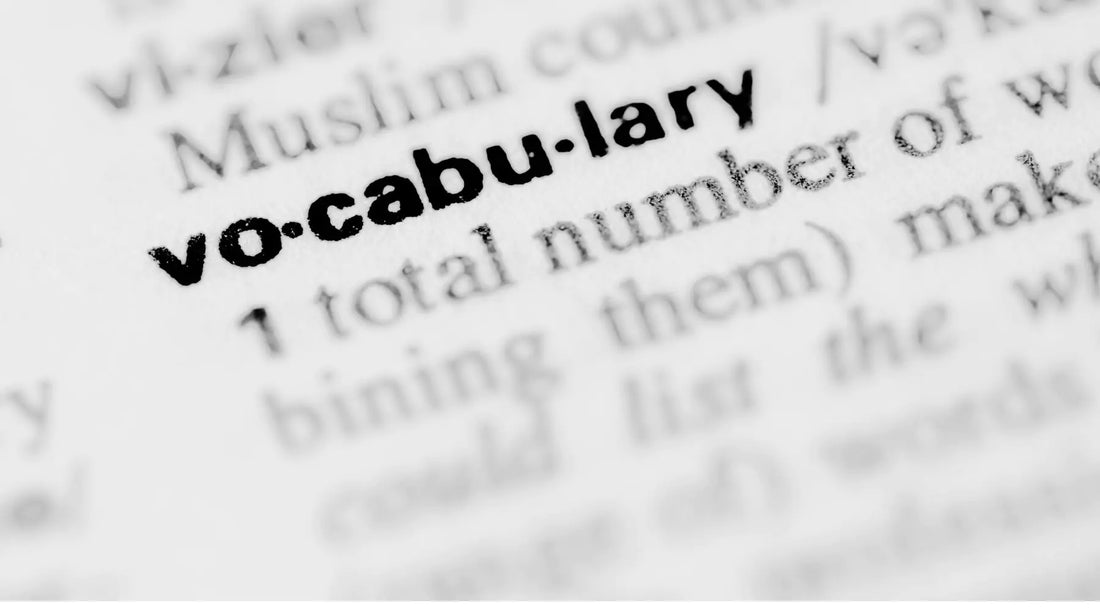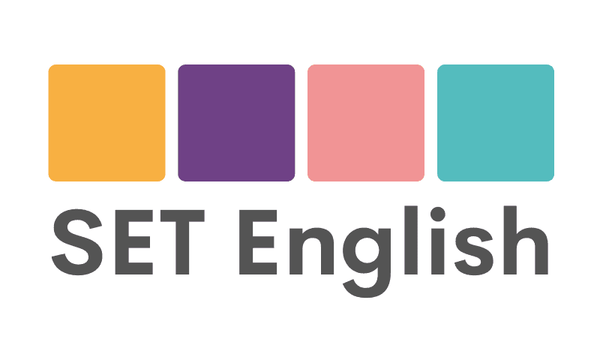
Why General Vocabulary Matters for OET Success...
When preparing for the OET, many students obsess over technical medical terms like appendicitis, cholecystectomy, or diarrhoea. Of course, these matter—but passing the OET requires more than advanced terminology.
In fact, general healthcare vocabulary is crucial for OET Listening Part A & B and OET Speaking. If you only study highly technical words, you’ll miss patient-friendly language the exam expects.
Why “everyday” healthcare words matter (OET Speaking & Listening)
In OET Speaking, you talk to patients or carers—non-medical people. They won’t recognise “patella,” but they will recognise “kneecap.” Using graded, patient-friendly language shows clarity and empathy.
In OET Listening Part A, you hear real-life style conversations. Patients naturally say “pinky finger,” “armpit,” or “dimple.” If you don’t know these, you risk missing answers.
Examples of general vocabulary you’ll meet in OET
- Armpit (axilla)
- Belly button
- Forehead
- Palm
- Pinky finger
- Sole (of the foot)
- Thigh
- Calf
- Nape (back of the neck)
- Dimple
These aren’t common in textbooks, but they appear frequently in OET Listening and Speaking role-plays.
How to improve your OET vocabulary (fast)
- Listen to healthcare podcasts to hear plain-English talk about medicine and wellbeing.
- Watch medical dramas & documentaries (e.g., Scrubs, Casualty, 24 Hours in A&E) for graded language in context.
- Review transcripts after practice tests—don’t just check answers; mine them for everyday expressions.
- Build a personal word bank and practise terms in short sentences.
Connect vocabulary to OET Reading (especially Part C)
OET Reading Part C can look more academic, but general vocabulary still matters. Texts often mix technical and accessible terms, and you’ll infer meaning from context. Strong everyday vocab helps eliminate distractors and spot subtle differences between options.
Sharpen your strategies with our free guide: OET Reading C.
Next steps
- Join a structured programme: SET English OET courses & materials.
- Watch the free Part A course: Reading Part A Free Video Course.
- Revise Part C strategies: Free Guide to OET Reading C.
